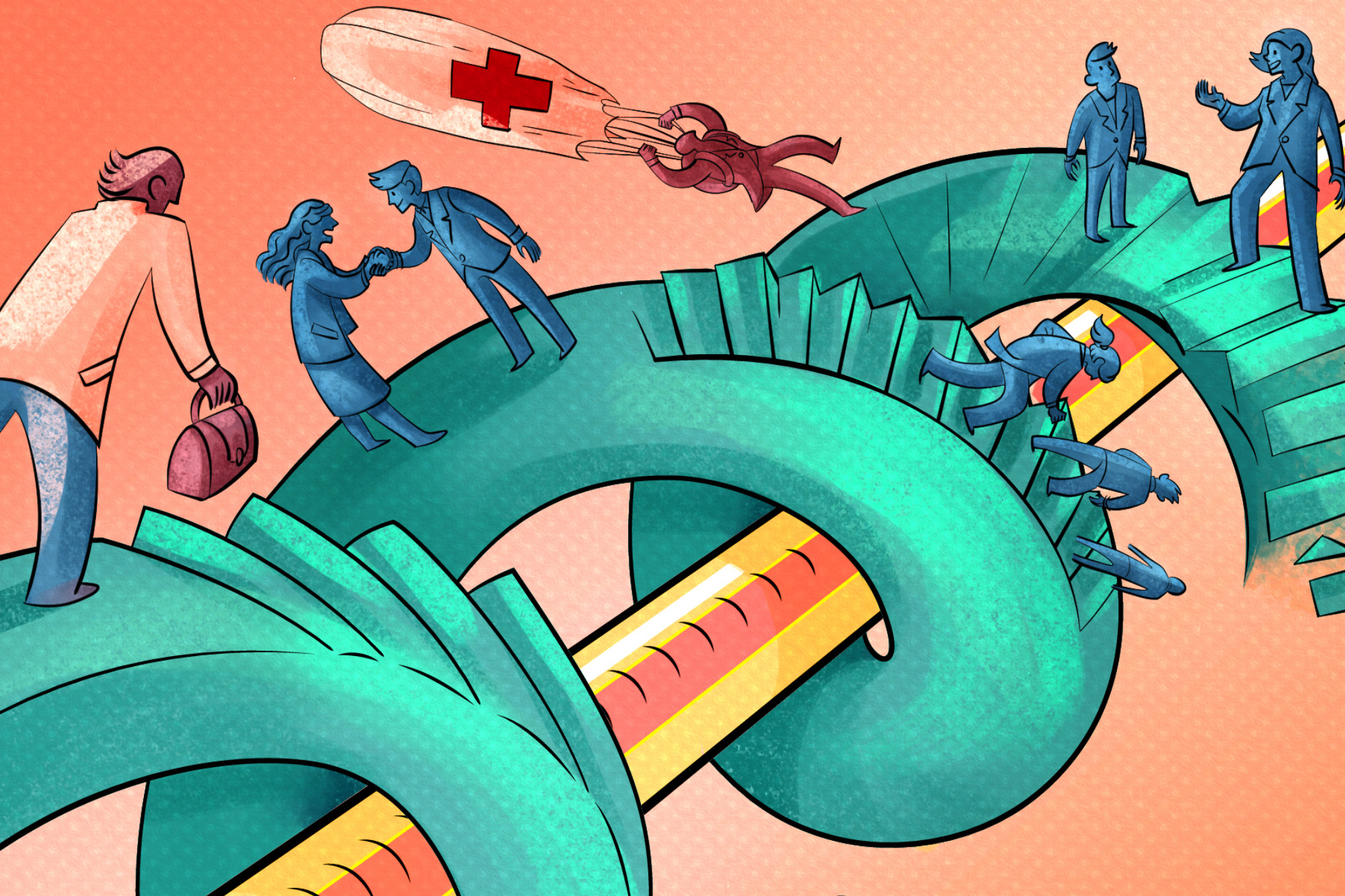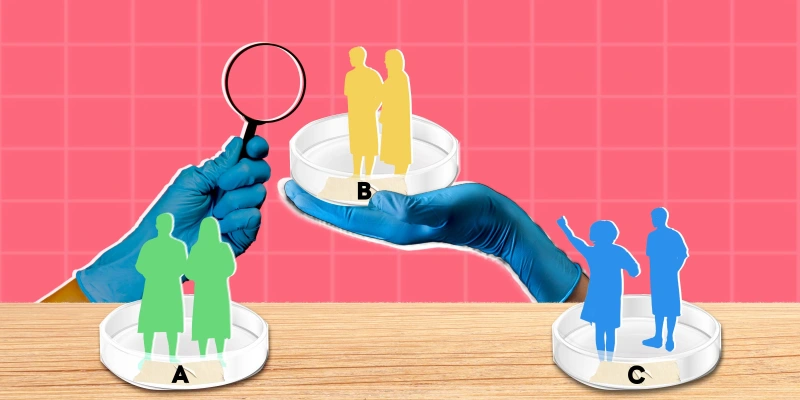
The Radiological Society of North America (RSNA), which may more accurately be called the Global Radiology Society, continues to evolve at an alarming rate as the needs of its members change and as the field continues to adapt to the new world of value over volume; of AI-assisted diagnostics over cumbersome, repetitive tasks; and of patient-facing, value-added activities contributing to a clinical care team rather than only image interpretation.
At the recent annual national meeting in Chicago, IL, changes and improvements were apparent at every corner. For a long-time annual attendee like myself, now counting my 13th consecutive meeting in the books, it’s easy to spot what’s different.
I’d like to highlight a few key changes and areas of improvement that I noticed this year:
- Camp RSNA. This was the year of Camp RSNA visibility. Despite being offered since 1997, the proliferation of very active radiologists (and particularly radiology parents, such as Dr. Sherry Wang (@drsherrywang!) on social media has really made attendees aware that having children does not have to be a reason one cannot attend this wonderful meeting. Being successful professionally at this meeting and being a parent should not be mutually exclusive. Other radiology meetings, such as the American College of Radiology annual meeting, also offered on-site childcare services.
- Truncation of Meeting by 1 Day. Based on member feedback, the annual meeting will now end, starting with the 2021 meeting, on Thursday evening rather than continuing through Friday afternoon. No Friday educational programming in the future.
- Pronoun Ribbons. It was wonderful to see so many people around McCormick Place adding these ribbons onto their badges, such as the Chair of the ACR Board of Chancellors, Dr. Geraldine McGinty (@DrGMcGinty). This is, indeed, the era of diversity and inclusivity.
- #WeAreRadiology. What started as a simple hashtag evolved into a movement at the RSNA meeting this year, brought to a head by a wonderful TED-talk style series of speakers including Drs. Mary Mahoney, Geraldine McGinty, Carolyn Meltzer, Dr. Dania Daye, and Dr. Paul Rochon. Radiology of the future, exemplified by these leaders, will be patient-facing, collaborative, AI-augmented, inclusive, and diverse.
- Growth of the Virtual Meeting. The RSNA Virtual Meeting was launched only in 2011. Since that time, it has grown to the point where in 2018, it offered 40% of the eligible program content virtually, and this year in 2019, it offered 80% of the eligible program content virtually. RSNA’s goal is to offer 100% of the eligible program content virtually by the year 2020.
- Explosion of Exhibitors. This RSNA featured more than 140 new, i.e. first-time, exhibitors compared to prior years!
- “Live listening” at the meeting and afterwards. The RSNA leadership keeps a very close eye on feedback from its members and attendees. All throughout the meeting, I noticed suggestions being made by members on Twitter, and answered nearly instantly from the RSNA leadership. How wonderful a time to be an RSNA member, when you can have such an active role in steering where the organization focuses its efforts in the future.
All that without even mentioning the massively-successful #Fast5 talks now given at the annual meeting and the immense AI Showcase consisting of more than 100 exhibiting companies, a Deep Learning Classroom, an AI showcase theater, and so much more.
What is really exemplary in all of this is the RSNA leadership’s ability to remain nimble, adaptable, and extremely responsive in changing this gargantuan meeting as its members’ want and require. The meeting truly keeps getting better and better, to the leadership’s credit. Radiologists and trainees around the world are indebted to the RSNA leadership for their continued efforts to create an experience that lets us explore cutting-edge technology, learn fundamentals and advances in diagnostic imaging, and connect with radiology thought leaders.
Illustration by April Brust







